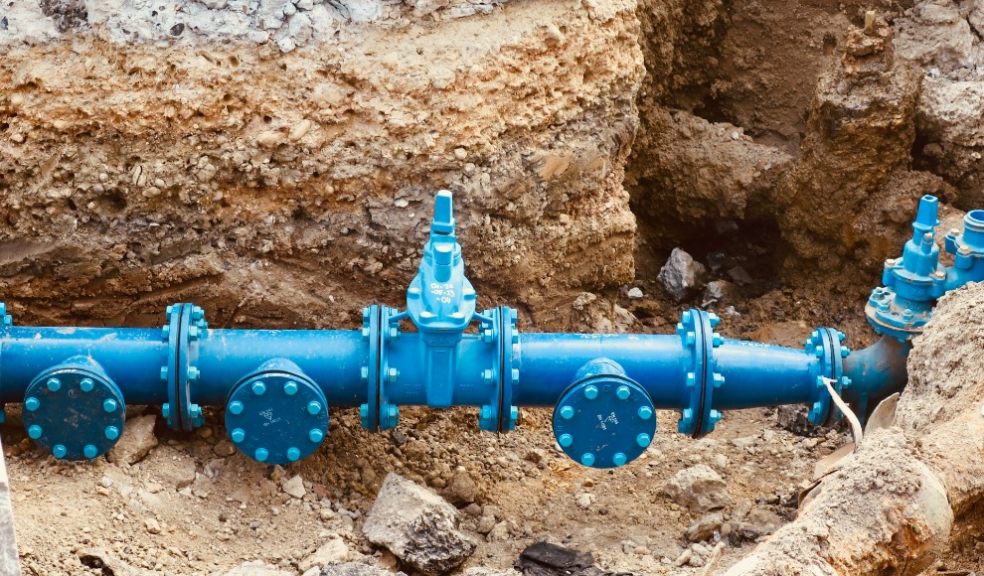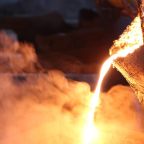
Vacuum Excavation Is A Versatile Technique With Numerous Real-World Applications
Vacuum excavation is a specialized process that utilizes high-pressure water to loosen the soil around buried utilities and infrastructure, causing minimal damage. A powerful vacuum system sucks the resulting slurry into a containment tank, which is later transported to a disposal site or redeployed as backfill, depending on the project's needs. Some systems include onboard boilers to heat the water, which enhances efficiency when working in frozen ground conditions. Utility contractors, municipalities, and large-scale civil engineering firms greatly benefit from vacuum excavation.
A highly versatile technique, vacuum excavation is utilized across various industries and applications. Vacuum excavation adapts to a wide range of soils, site conditions and project goals by merging precise soil cutting with powerful suction. Its flexibility stems from its mechanical design, operational controls, and a suite of attachments that enable crews to adjust each dig to exact requirements. In other words, vacuum excavation is indispensable for modern infrastructure and maintenance.
Understanding the Vacuum Excavation Process in Modern Times
Vacuum excavation can be regarded as a two-step process, although it's often described as a combination of two actions – soil loosening and debris removal. High-pressure water is directed into the ground via specialized nozzles, breaking up and liquefying the soil around the target area. Not only does this pressurized water stream safely loosen compacted earth, but it also creates a slurry mixture (bentonite and water) that prevents trench collapse and enables the safe installation of permanent structures.
The vacuum system extracts the water-soil mixture through large-diameter hoses. The slurry is transported into a debris tank mounted on the excavation vehicle, where the solids settle and the excess water can be separated. Vacuum excavation allows operators to precisely control digging depth while maintaining clear visibility of exposed pipes, cables, and other infrastructure. This drastically lowers the risk of utility strikes and worker injury, not to mention that it reduces collateral ground disturbance and restoration costs.
For Most Businesses, Hiring A Vacuum Excavator Makes Financial Sense
Vacuum excavators are available for both rental and purchase, with options suitable for different project sizes and budgets. Occasional users, small contractors, and those working on one-time projects often resort to vacuum excavator hire as a safe and efficient solution that minimizes disruption and maximizes precision. Most equipment rental companies offer vacuum excavators on daily, weekly, or monthly rates. Before you start looking, determine the type of work (e.g., potholing, utility locating, cleanup), soil conditions (sandy, clay, rocky), the tank size, and the power level.
New vacuum excavators range from $200,000 for smaller trailer-mounted units to over $500,000 for large truck-mounted systems with advanced features, i.e., a hot water system for frozen ground. Used equipment is available at lower price points, but take into account maintenance history and the remaining service life. Although the initial investment of buying is considerable, repeated short-term rentals can add up. More often than not, vacuum excavators hold their value remarkably well, so you can recover a significant portion of your investment if you decide to sell yours later.
These Are The Key Applications Of Vacuum Excavation
Vacuum excavation is a highly versatile technique with applications across many industries and situations, such as:
- Utility Location & Exposure: Vacuum excavation helps expose gas lines, electrical cables, water pipes, and telecommunications infrastructure while reducing the risk of injury to workers. By using hydro excavation or air excavation, the risk of striking and damaging critical infrastructure is excluded, preventing costly repairs and service interruptions.
- Slot Trenching: Vacuum excavation creates narrow trenches for installing (or repairing) utilities like telecommunications fibre, water pipes, or irrigation systems with minimal disruption to the surrounding areas.
- Debris Removal & Cleanup: Vacuum excavation efficiently removes dirt, mud, slurry, excess concrete, gravel, and other construction debris. This is crucial in environmentally sensitive or hard-to-access locations. It can also be used to remove industrial sludge, oil residues, and sediment from tanks, pits, or slumps.
- Pole & Sign Installation: Vacuum excavation allows crews to create perfectly sized holes for utility poles (telephone, power), streetlights, traffic signals, and large signs.
- Cold Weather Digging: Vacuum excavation is a highly effective method for groundwork performed during winter or freezing temperatures, as it transforms frozen soil into a slurry that's easily vacuumed. Traditional methods would be ineffective or much slower. To prevent spills that freeze on contact, it's necessary to practice disciplined boom control in windy or snowy conditions.
- Railroad Maintenance: Vacuum excavation delivers non-destructive digging around rail lines for maintenance, repair, or installation of track-side utilities without disrupting rail service or risking utility strikes. The rapid setup and teardown allow for work in tight maintenance windows or limited possessions.
- Landscaping & Environmental Projects: Vacuum excavation excels at exposing root systems without damage, which enables landscapers to assess tree health, perform root pruning, or install new root barriers. Equally, it allows targeted soil replacement or amendment around established plants without disturbing their root zones.
For businesses with a high volume of consistent, recurring work that count on non-destructive excavation, purchasing a vacuum excavator for sale is a sound decision. Industries that heavily utilize vacuum excavation include but aren’t limited to utilities (gas, electric, water, sewer, telecommunications), oil and gas (pipeline installation, maintenance, spill cleanup), construction (civil, commercial, residential, infrastructure development), and mining (debris removal, equipment cleaning, utility exposure).
Wrapping It Up
Vacuum excavation is the preferred digging technique due to its advantages in safety, efficiency, environmental impact, and versatility compared to traditional methods. Damage prevention is a shared responsibility. You must ensure your operators are properly trained and certified to safely and efficiently operate the equipment you purchase. A mix of theory and practical tuition gives them sound underpinning knowledge of best practice and safe operation.
The future of vacuum excavation is highly promising, driven by technological innovation, regulatory changes, and the growing need for safe, efficient, and non-destructive digging. More precisely, it’s shifting from a niche technique to a mainstream, indispensable tool across industries. Its evolution is tied to smarter cities, safer infrastructure work, and a greener construction industry.

















